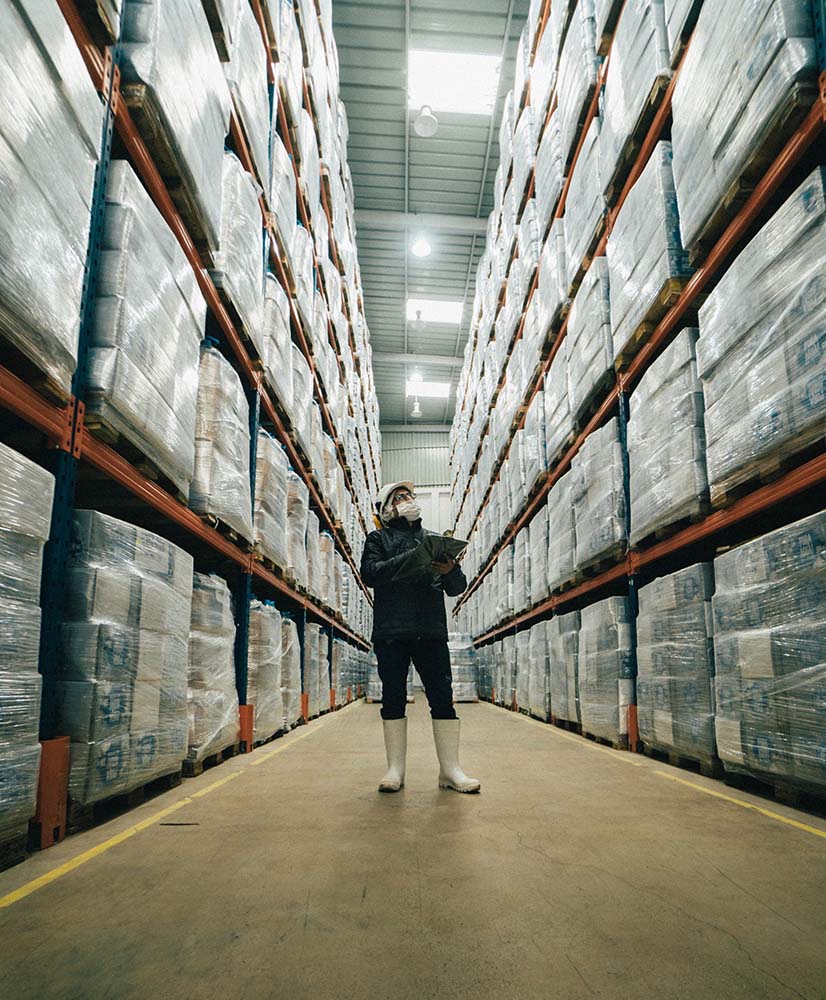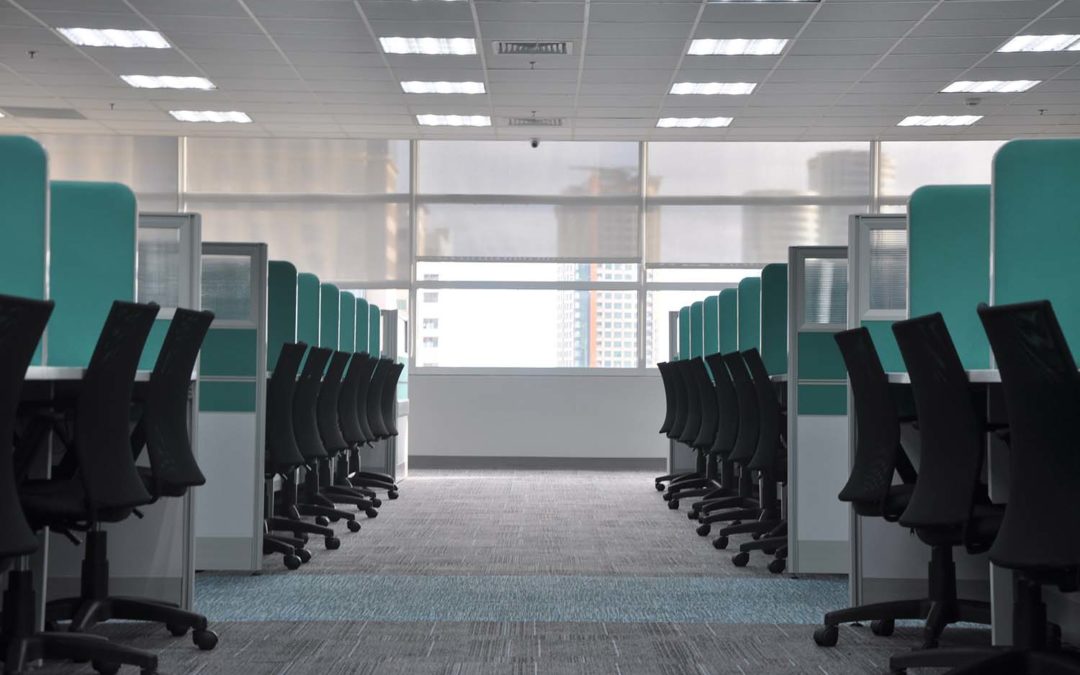The following report is a synthesis of news and trends seen in the last quarter. This update is focused solely on themes of operational significance. The following take-a-ways are meant to foster ideas and promote creative thinking as each organization will interpret and distill this information in its own unique manner.
TOPIC 1: VACCINATIONS & THE RETURN TO WORK
Some organizations are already mandating vaccines. In some instances, if you have no vaccine – you can’t return to your job. In other instances, ramifications can be higher insurance premiums or weekly testing for employees. For companies situated in multi-tenanted buildings, the Landlord can often mandate certain rules that differ from that of the tenants (like mask use and vaccination proof). Regardless, this is a trend to continue and one that needs to be addressed.
What about boosters, air filtration, employee rights / HR / HIPAA, Legal?
There’s a lot to unravel. Even more to control and monitor on an ongoing basis. It’s complex from an employee recruitment and retention perspective as well as simply maintaining general operations. Providing options and flexibility (via a hybrid working model) to employees may alleviate the strictness of mandates while also providing necessary agility should the pandemic situation continue to change.

Ongoing Issues to Consider:
- What “Rules” Make Sense for Your Organization?
- What Are Your Industry Peers Doing? Should You Mirror Them?
- How Long Are You Prepared (or Should You Be) For This “Uncertainty” To Last?
TOPIC 2: Retailers – Reduced Tourism & Office Workers
When and will the “Office” customer come back; and, if so, when? When will travel and tourism resume in earnest?
If you are a retailer or restaurant in a city environment who is dependent upon a healthy mixed ecosystem of office, tourism, residential, and commuters, the current environment is probably topsy turvy for you. The interdependence of each unique customer segment is what makes cities thrive and foot-traffic hum. Without the mixing of these critical elements at various times of the day and week, demand (and revenues) will be challenged to reach pre-pandemic levels.

Learn more about our Retail and Hospitality Services
Ongoing Issues to Consider:
- How long is this impacted demand sustainable?
- Have Much Can You Cut in Your Footprint and or Modify Operations for E-Commerce?
- Can Rental Structures Be Modified Once Again?
TOPIC 3: Hybrid – An Ongoing Strategy?
Is hybrid working here to stay? Based upon numerous industry surveys, the consensus is that ~50% of both employers and employees want to not only reduce their operational space needs but also work in a hybrid manner. In addition, it also appears that the general thought is Covid / Delta / Mu is likely to linger longer than expected.
With even the federal government mulling a more flexible workplace strategy and, in so doing, possibly reevaluating some of their national footprint; it stands to reason that where there’s smoke, there’s fire. Organizations across the board continue to assess their needs against existing operating platforms. Recently, there have been instances where significantly-sized leases were not renewed and, instead, smaller regional offices were used to offset space needs. Even co-working operators are starting to yield the benefits of this change in strategy by providing flexible shorter-term workspace options.
So, the question remains, will virtual options last for employees and become the norm for employers? As always, variables are highly dependent upon each industry or type of service delivered. That said, unless these viruses are well within our rearview mirrors, we should be prepared for a sustained and reimagined workplace for some time to come.
Learn more about our Workplace Solutions


Ongoing Issues to Consider:
- What do employees want?
- Safety Concerns May Persist
- Density in Certain Geographic Areas
- Salary Differentials (What’s justifiable?)
- Access to Labor & Talent
TOPIC 4: CLIMATE CHANGE & OPERATIONS RISK
Let’s add to the complexity of the pandemic and throw in the impacts of climate change. Flooding, hurricanes, wildfires, tornados, etc.; all new realities in our unpredictable extreme weather environment. How can organizations counteract and manage the risks associated with such impactful events?
Should historic or forecasted weather and scientific assessments be researched prior to making location decisions? Is locating near large bodies of water even prudent? Given the nature of an organization’s operation, what now should be considered from a risk and operations perspective?
As the lists of operational risks continue to grow, so should contingency planning and optionality. When contemplating any new significant initiative, a checklist and updated risk assessment should be accompanied. The more we learn about the sizeable and sometimes lasting impacts caused by pandemics and climate change, the more we need to change our approach to implementing new strategies and operations.
Learn more about our Global Site Selection Services


Ongoing Issues to Consider:
- Accessibility to Resources
- Operational Risk Assessment
- Customer Impact
- Resiliency & Redundancy
- Loss of Revenue & Additional Expense
TOPIC 5: PLANNING – DURING & BEYOND DELTA AND MU
Who has clear visibility today? What variables are impacting organizations on an ongoing basis?
Depending upon your industry, geography, and operational needs, this is no easy formula to calculate. Demand across the board still seems to remain a question mark. Supply from raw materials to labor is a challenge to pinpoint. In addition, the supply chain itself appears to have many links that are either broken or close to breaking.
Where does that leave traditional forecasting models and planning tools? Organizations are likely forced to plan more often and react quicker. Responsiveness, agility, and real-time data are all likely to remain critical elements to forecasting and operations planning going forward.
Learn more about our Strategic Planning Services


Ongoing Issues to Consider:
- Incremental & Iterative Planning Processes
- Incorporating Robust Real-Time Data Systems
- Establishing an Operating Framework to React Quickly
- Ongoing Peer Benchmarking for Agility Planning
Q3 Conclusions
- Vaccines Can Bring Workers Back to the Office (Albeit with Complexities)
- Continual Reading and Reacting to the Evolving Market is To Be Expected
- Predictive Consumer Patterns May Be Challenged for A While
- Labor & Supply Chain Imbalances are Likely to Continue

WHAT TO WATCH FOR IN Q4?

- School Shutdowns: Will vaccines for children ages 5 – 12 arrive soon enough
- Back to Work: How many companies will mandate a return to the office; who will go?
- The Mu Variant: Problem or not?
- Labor Shortages: Still a persistent problem?
- Material / Supply Chain Shortages: Still a persistent problem?
- Employee Happiness: Equity, visibility, collaboration; what’s the feedback
- Boosters: Will they eventually be mandated; if so, when?

